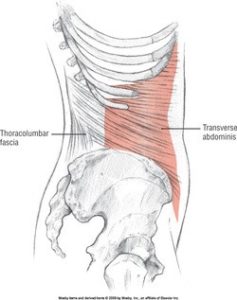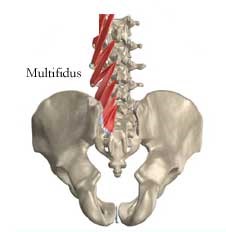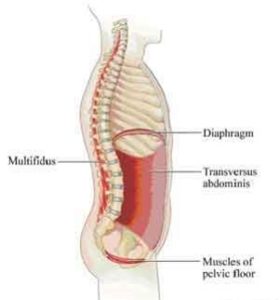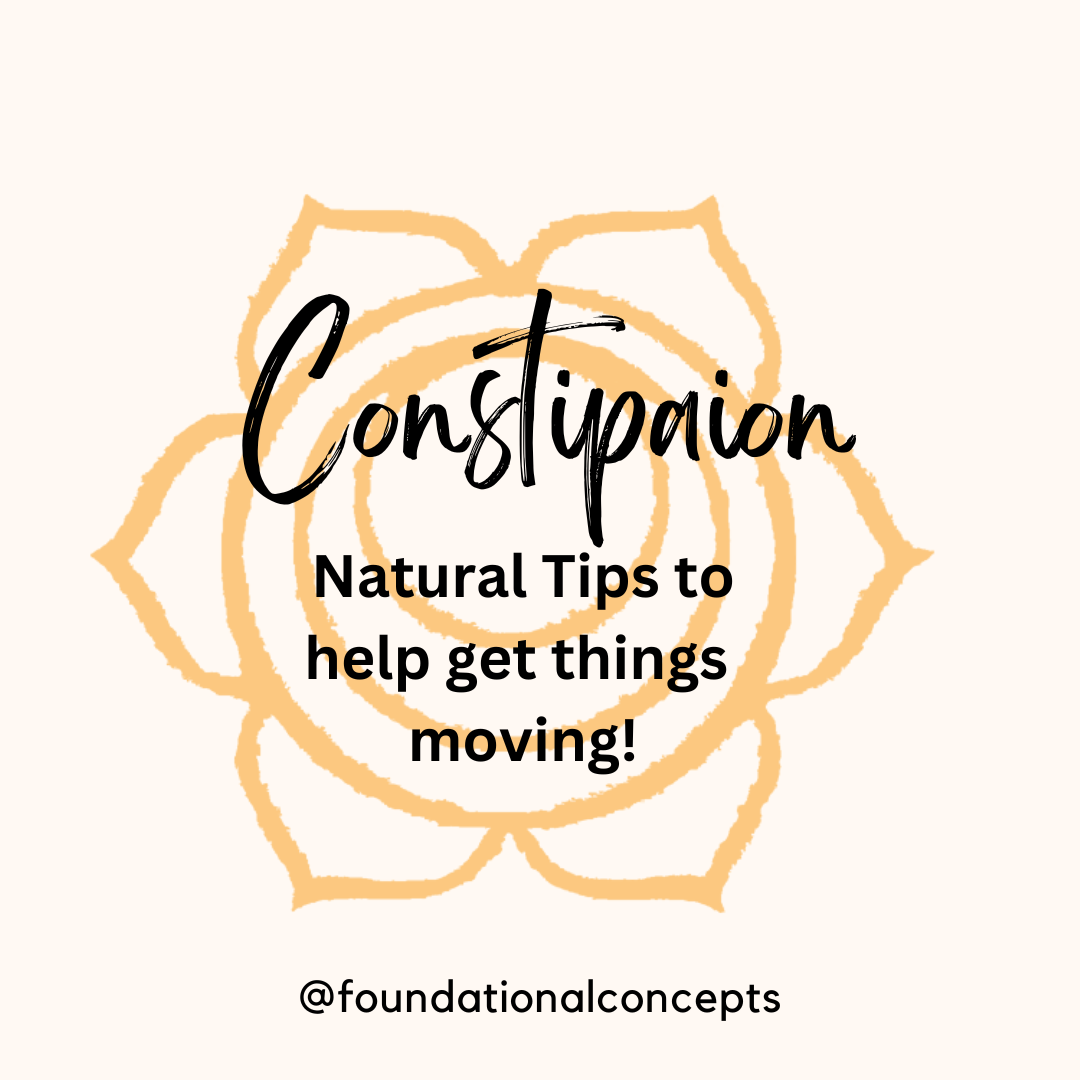Nutrition plays such an important role in our pregnancies and post-partum periods. Breastfeeding requires time…

Rock Your Core (In a Good Way!) With a Strong Pelvic Floor
A very dear patient of mine made a request of me last week. “I need a blog that talks about why the core is so closely tied to the pelvic floor!” She has become somewhat of an advocate for pelvic floor dysfunction among her fellow exercise companions. She explained, “I talk to them often about all the things that might be going on if pelvic floor was an issue, but I need somewhere to direct them that talks about the close relationship of the pelvic floor muscles and the core”. So, here it is…
Know Your Core: the Diaphragm
The pelvic floor is a group of 16 muscles that work together as a functional unit to provide support, control, sexual function and stability to the pelvis and spine. The diaphragm is an essential part of your core that partners with the pelvic floor, creating the top of the abdominal canister while the pelvic floor forms the bottom. These two muscles must function in coordination with one another for proper control of pressure mechanics to exist.
When you inhale and the diaphragm contracts down toward the pelvis, the pelvic floor must elongate to accommodate for the pressure change. As you exhale, the pelvic floor gently contracts as the diaphragm returns to its resting position. This must also happen when you lift heavy objects, cough or laugh. If the coordination of these two is out of sync, you leak urine, or develop prolapse because you are not able to control for the pressure mechanics in the pelvis.
Know Your Core: Transverse Abdominus
The other very important core muscle is the Transverse Abdominus muscle. This is the deepest of the abdominal muscles and forms a girdle or corset. When this muscle contracts, the abdomen flattens and the fascia in the lumbar spine tightens providing stability to the pelvis and spine. This muscle contracts in anticipation of movement. Meaning, before you ever begin to lift an arm to put a dish away, your TrA is activating to provide stability before your arm moves. This is critical to prevent low back and pelvic joint injuries and joint dysfunction.
The TrA often must be retrained to contract in isolation of other muscles in the pelvic girdle before you can move to more traditional “core strength” exercises. It is very important it be coordinated with the pelvic floor, diaphragm and multifidus muscles, which we will discuss next.
Know Your Core: Multifidus
The deep muscles of the spine, called the Multifidus, are the 4th of the core muscles. They lie deep in the spine, and attach at each single vertebral segment. The Multifidus muscles work in coordination with the pelvic floor and TrA to provide stability before movement of the arms or legs.
This is another muscle that must be trained in isolation so you can find the muscle before moving into more traditional core exercises. They form the back wall of the abdominal canister, supporting the spinal segments and sacrum.
How a Weak Core Affects Your Pelvic Floor
Any weakness, or over activity of any of these muscles causes a dysfunction of the entire system. There is an intricate balance in this muscle group that allows for proper pressure mechanics, joint stability to prevent injury and healthy movement patterns to allow for pain free function. Symptoms like leaking urine with exercise, or pain during or after exercise or with daily movements are a sign that something is wrong.
It is important to see a pelvic PT who can assess what the problem is regarding your core system, as well as prescribe the appropriate exercise program. Many people are unable to correctly contract the pelvic floor, TrA or Multifidus muscles when asked to. Also, many of us do not breathe correctly with our diaphragm and certainly are not coordinating it well with our core muscles.
How to Strengthen Your Core
If you have concerns, or just want to begin a core exercise program, my best advice would be to come in and see one of our specially trained therapists. They can help you determine if you do have weakness or over activity of these muscles, and whether you are correctly engaging them. This will maximize your effort and time spent on exercise in order to give you the best results. Having a strong core sets up a solid foundation for building bigger, more global muscle strength. Working on the small stuff will make the pull ups or burpees even easier!
-Sarah Dominguez, PT, MSPT, CLT, WCS
This blog is here for your help. It is the opinion of a Licensed Occupational Therapist. If you experience the symptoms addressed you should seek the help of a medical professional who can diagnose and develop a treatment plan that is individualized for you. If you enjoyed this blog, check out our website at foundationalconcepts.net for more blog entries and to learn more about our specialty PT practice, Foundational Concepts. Follow us on Twitter @Foundational1 and like us on Facebook/Foundational Concepts for updates.








